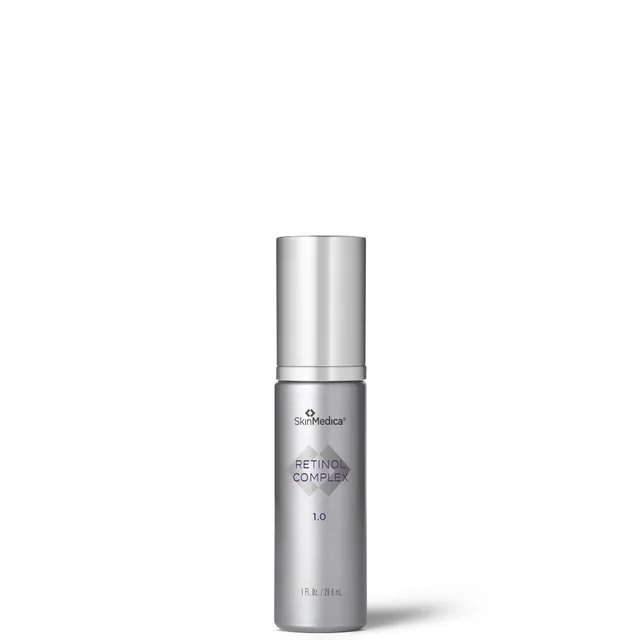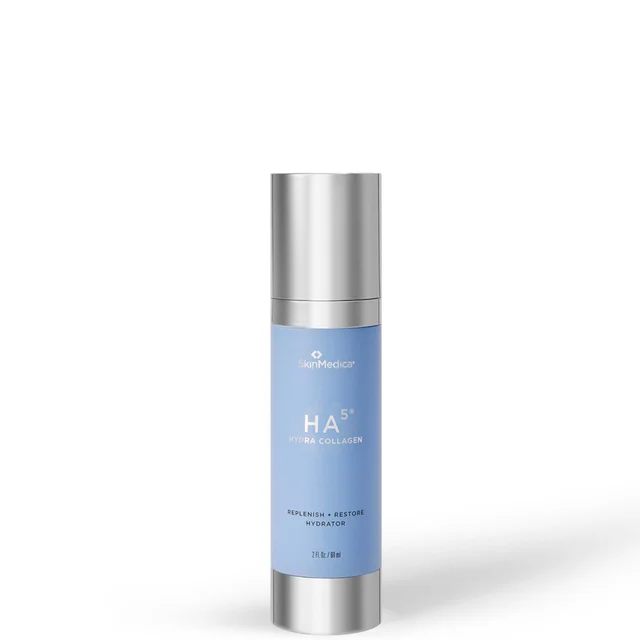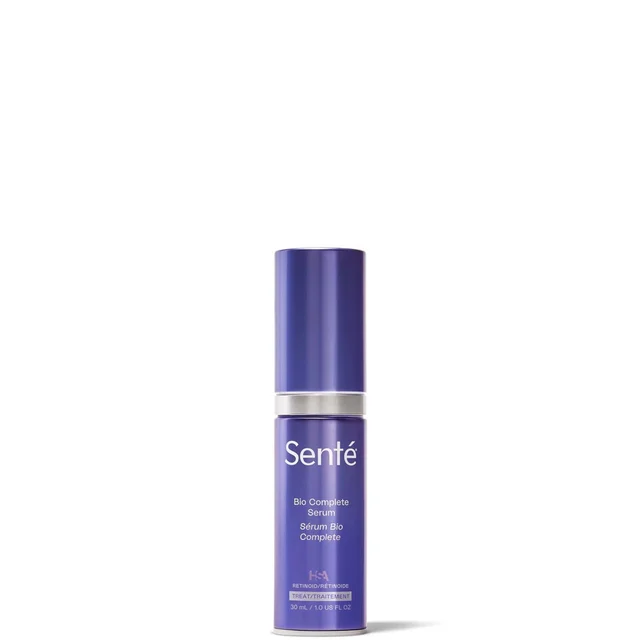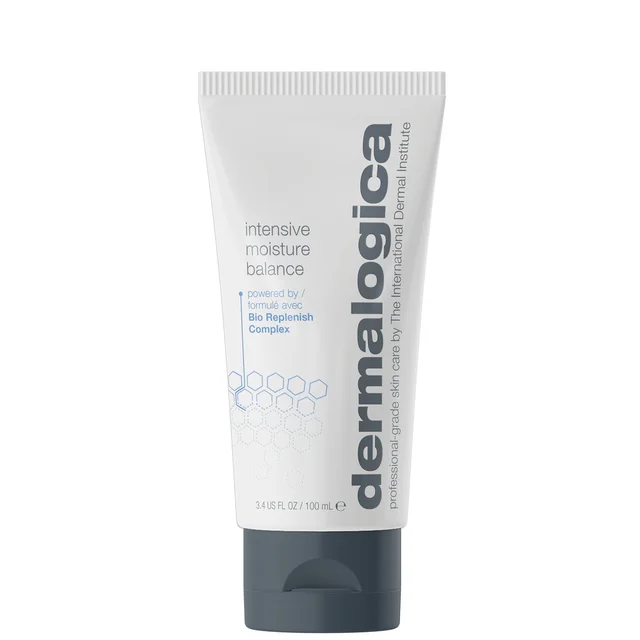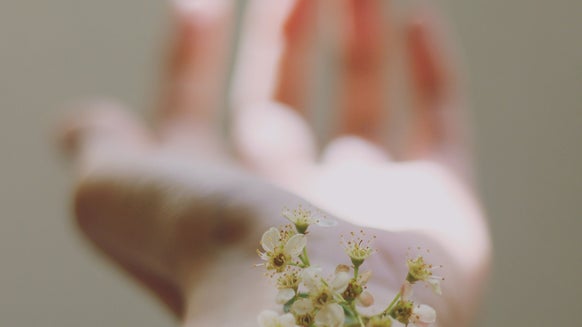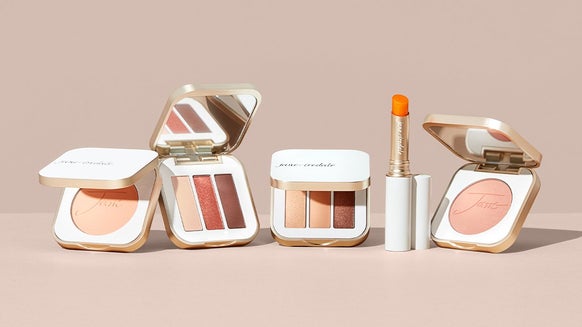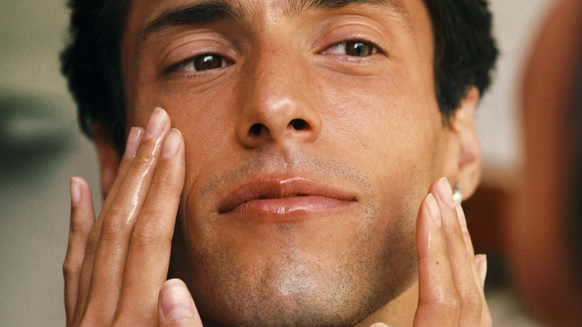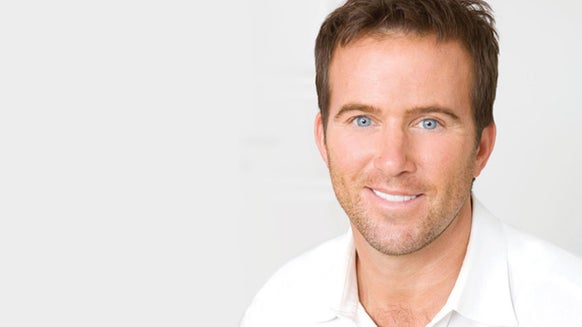Can You Use Hyaluronic Acid and Retinol Together? Experts Weigh In
In fighting the good fight against signs of aging, there’s no contesting the fact that hyaluronic acid and retinol reign supreme. Fine lines, wrinkles, and dull-looking skin giving you grief? You can trust that these two ingredients have your back. However, we also know that retinol—being the potent workhorse ingredient that it is—doesn’t always play nicely with other active ingredients in your skincare arsenal. So, what happens when you add both hyaluronic acid and retinol into the mix? Will they work hand in hand to help you achieve your skincare goals, or are they bound to do your complexion more harm than good? Below, we give you all the answers straight from the experts.
Meet the Experts
Dr. Robert Morell, MD – Founder and director of Medical Rejuvenation Centre and Di Morelli Skin Care Dr. Dahlia Rice – Board-certified plastic surgeon and founder of DMR Aesthetics Dr. Connie Yang – Board-certified dermatologist, fellow of the American Academy of Dermatology, and member of Dermstore’s Medical Advisory Board
In this Article
- What is Hyaluronic Acid
- What is Retinol
- Key Benefits of Using Hyaluronic Acid and Retinol
- How to Use Hyaluronic Acid and Retinol Together
- FAQs
- The Bottom Line
What is Hyaluronic Acid?
“Hyaluronic acid is a deeply hydrating ingredient that helps to plump and smooth fine lines and wrinkles,” explains Dr. Dahlia Rice, board-certified plastic surgeon and founder of DMR Aesthetics. It’s a naturally occurring sugar molecule found in the skin, joints, and connective tissues and is a chief structural component of the skin. Hyaluronic acid is known to play a role in wound healing and acts as a cushion and lubricant between the joints.
As a skincare ingredient, what sets hyaluronic acid apart from other hydrators is its ability to attract and bind up to 1000 times its weight in water. “This makes it an excellent ingredient for hydration and skin plumping. It can also help smooth skin texture (as this is often caused by dry and dehydrated skin) and soothe redness and irritation,” adds Dr. Connie Yang, board-certified dermatologist, fellow of the American Academy of Dermatology, and member of Dermstore’s Medical Advisory Board. However, it’s not immune to the effects of aging. The body’s production of hyaluronic acid also declines over time, which is why it has become one of the most essential ingredients in virtually every type of skincare product—from cleansers and toners to serums and moisturizers. It also helps that hyaluronic acid is a great team player and can be easily incorporated into any skincare routine.
Featured Product: PCA SKIN Hyaluronic Acid Boosting Serum
Related Article: A Definitive Guide to Hyaluronic Acid, According to a Beauty Expert
What is Retinol?
“Retinol is the gold standard anti-aging ingredient,” says Dr. Yang. “It helps reduce fine lines and wrinkles, improves skin tone and texture, elasticity, firmness, and treats acne.” A vitamin A derivative, retinol—and the rest of the retinoid family—has earned its rockstar status because of its anti-aging and antioxidant properties. “It helps stimulate collagen production and cell turnover to reduce fine lines and improve skin texture,” explains Dr. Rice.
However, unlike hyaluronic acid, taking the retinol plunge requires a little bit of preparation and know-how. Retinol is known to purge the skin, which may result in redness, peeling, irritation, and even breakouts. While these side effects are all part of the process, it’s enough to intimidate new users who may not be aware of how exactly retinol works. Not to mention, there are certain ingredients that shouldn’t be used with retinol at the same time as doing so can trigger and aggravate unwanted reactions.
Featured Product: SkinMedica Age Defense Retinol Complex
Related Article: How to Apply Retinol: A Step-by-Step Guide for Maximum Results
Key Benefits of Using Hyaluronic Acid and Retinol
Although retinol isn’t the type of ingredient that you can freely mix and match with other actives, it certainly has its favorites, and one of those is hyaluronic acid. When used together, hyaluronic acid and retinol play up each other’s strengths and make sure all your skin’s bases are covered. How? For one, hyaluronic acid makes retinol a lot less intimidating. “Using these two ingredients together can help minimize the dryness and irritation that can be associated with starting a retinol,” Dr. Yang explains.
Hyaluronic acid and retinol also have a synergistic approach when addressing fine lines and wrinkles. “Hyaluronic acid will penetrate into the skin and not only acts as a hydrating agent but also stimulates fibroblasts that produce more collagen and elastin in your dermis,” says Dr. Robert Morrell, founder and director of Medical Rejuvenation Centre and Di Morelli Skin Care.
How to Use Hyaluronic Acid and Retinol Together
Hyaluronic acid and retinol can be used at the same time in your skincare regimen, either in the same formula or as different serums. If you’re planning on going the serum layering route, deciding which one goes first depends on your skin type. As a general rule, you’ll want to apply your retinol serum first to give it the best chance of being absorbed and allow your skin to get the most out of its benefits. Wait 10 to 30 minutes to let the retinol fully seep in before applying your hyaluronic acid serum or moisturizer to seal in all that goodness.
If you have dry or sensitive skin, switching the order and applying hyaluronic acid first is best to prevent irritation and dryness. But if you want to play it extra safe, another way to mitigate sensitivity when using retinol is to use the sandwich method. “For beginners, I recommend layering retinol in between two layers of hyaluronic acid and moisturizer,” suggests Dr. Yang. Just make sure to wait for each product to be fully absorbed before adding in the next layer.
As far as frequency goes, hyaluronic acid can be applied both morning and night regardless of your skin type. If you’re using a hyaluronic acid mist, you can apply a couple of spritz whenever your skin feels like it could use a quick refresh and moisture boost. Retinol, on the other hand, is best saved for your nighttime routine to avoid unwanted reactions caused by sun exposure. “Retinol acts by stimulating your collagen, exfoliating your epidermis, and it can also help with hyperpigmentation by removing the pigmented areas of your skin. It is best to use this in the evening because it is used for rebuilding the health of your skin,” says Dr. Morrell.
And if you’re just getting started in your retinol journey, experts recommend doing it low and slow. That means starting off with the lowest dose and twice-a-week application before gradually increasing the dose and frequency.
Shop Hyaluronic Acid and Retinol Products
1. SkinMedica HA5® Hydra Collagen Replenish + Restore Hydrator
Loaded with five forms of hyaluronic acid and a proprietary technology that delivers long-term hydration, this powerhouse hydrator goes straight into the skin’s deeper layers and targets collagen to boost hydration naturally.
Key Ingredients: Hyaluronic Acid
Skin Type: All Skin Types
Beauty Insider Tip: Apply one to two pumps of the product after cleansing during your morning and nighttime routines.
2. SkinCeuticals HA Intensifier Multi-Glycan
If you’re looking for instant and long-term hydration that visibly transforms your skin, then this one is for you. With a formula that directly stimulates the skin’s glycans—sugar compounds that include hyaluronic acid—it boosts the skin’s natural hyaluronic acid levels by up to 30 percent, all while plumping and filling in fine lines, improving elasticity, and enhancing facial contours.
Key Ingredients: Hyaluronic Acid
Skin Type: All Skin Types
Beauty Insider Tip: This advanced and highly concentrated formula is also designed to complement the latest in dermal filler technology.
3. iS Clinical Retinol+ Emulsion 0.3
This anti-aging wonder boasts of a plant-powered formula that combines botanical retinol, a proprietary blend of bakuchiol, antioxidants, and enzymes to banish even the deepest fine lines and wrinkles.
Key Ingredients: Botanical-sourced Retinol, Bakuchiol, Extremozymes®
Skin Type: All Skin Types
Beauty Insider Tip: Featuring bio-identical lipids, this retinol emulsion is seamlessly absorbed by the skin.
4. Sente Bio Complete Serum
Want to add a heavy-hitting retinol serum to your nighttime routine but wary of its side effects? Look no further. This serum combines the anti-aging magic of retinol and vitamin C in one formula to bring back radiance and youthfulness to your skin—all with the help of a supercharged hydrator that makes sure your skin stays soft, smooth, and protected from unwanted reactions.
Key Ingredients: Retinol, HSA (Heparan Sulfate Analog), Vitamin C, Peptides
Skin Type: All Skin Types
Beauty Insider Tip: With the addition of vitamin C in its formula, this serum is also ideal for skin that’s coping with visible sun and environmental damage.
5. Dermalogica Intensive Moisture Balance
Daily exposure to harsh environmental stressors is the quickest way to zap moisture away from your skin. To combat this, reach for this super nourishing moisturizer that rebalances your skin while locking in much-needed moisture and fading the look of fine lines.
Key Ingredients: Algae Complex, Hyaluronic Acid, Aloe Vera
Skin Type: All Skin Types
Beauty Insider Tip: Use twice daily on the face and neck for all-day moisture.
6. Revision Skincare® Hydrating Serum
With its fruit-powered, lightweight, and oil-free formula, this serum is a delicious treat for parched skin that needs a serious boost in the moisture department. It leaves skin feeling less tight while providing instant and long-term hydration and refining the look of fine lines and wrinkles.
Key Ingredients: Sodium Hyaluronate (Hyaluronic Acid), Watermelon, Apple, and Lentil Fruit Extracts, Vitamin E and Pomegranate Extract, Honey and Sea Kelp Extract, Palmitoyl Tripeptide-5
Skin Type: All Skin Types
Beauty Insider Tip: Apply the product twice daily. This serum can be used alone or as a moisture booster with creams or lotions.
7. Jan Marini Age Intervention Duality
If you’ve been studying up on retinol and acne treatments, then you know that mixing it with benzoyl peroxide is a total no-no. That is, until this double-acting treatment that combines the acne-busting power of benzoyl peroxide with the anti-aging benefits of retinol. All thanks to its unique dual chamber dispenser that makes it possible to harness both ingredients in a single product. The result? Visibly reduced acne lesions and noticeable improvements in skin quality.
Key Ingredients: All-Trans Retinol, Benzoyl Peroxide, Peptides, Alpha-Bisabolol, White Tea Extract, Hyaluronic Acid
Skin Type: All Skin Types
Beauty Insider Tip: Dispense one pump from each of the chambers and mix on your palm, then apply a thin layer on the entire affected area. To prevent excessive dryness, start with once-a-day application before gradually increasing to two or three times daily or as instructed by a medical professional.
FAQs
Are There Potential Side Effects?
Aside from being a powerhouse hydrator, hyaluronic acid is also known for being ultra gentle and safe for all skin types. While its potential side effects can’t be completely ruled out, chances of developing unwanted reactions due to hyaluronic acid is quite rare. Retinol, on the other hand, is a slightly different story. While retinol can be safely used by all skin types, including sensitive skin, many users experience purging as part of the renewal process that retinol triggers in the skin.
How Do You Minimize Skin Irritation?
As with any skincare ingredient, the best way to minimize irritation is to follow the recommended use indicated on the product label or as directed by your physician. That means applying the product according to the suggested frequency, amount, and time of day. In the case of retinol, SPF is a must during the day even if you’re only using the product at night. “Retinol could make your skin sensitive to the sun by exfoliating and making the epidermis somewhat thinner. This action makes it more sensitive to the effects of UVA and UVB. Using a sunscreen that protects against UVA and UVB will help protect against this issue,” explains Dr. Morrell.
The Bottom Line
While retinol can be picky when it comes to the ingredients you can pair it with, hyaluronic acid and retinol are a match made in skincare heaven. Hyaluronic acid’s hydrating and nourishing properties perfectly counter the side effects of retinol use, which includes dryness, peeling, redness, and irritation. That is why using both ingredients at the same time is not only possible but is in fact recommended by experts because of the way they enhance, support, and balance each other’s benefits and impact on the skin. Hyaluronic acid and retinol can be incorporated into your skincare routine either by layering individual serums or in the same formula in products like treatments and moisturizers.
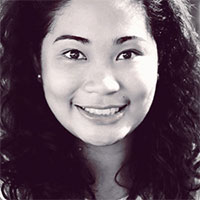
Janeca Racho is a Journalism graduate with over 15 years of writing experience. After getting her start in public relations and advertising, she made the switch to freelance writing and began working for various lifestyle, fashion, and travel brands. Her love for all things skincare has led her to beauty reporting and research for the last ten years. Writing for several hair and beauty blogs, she reports on anti-aging staples, trending brands and products, must-have ingredients, and health and wellness.

